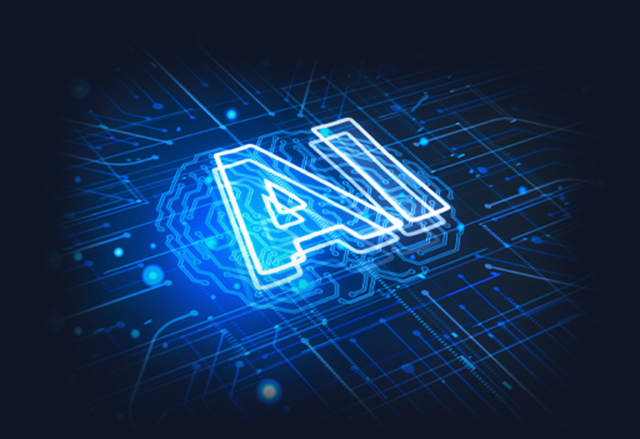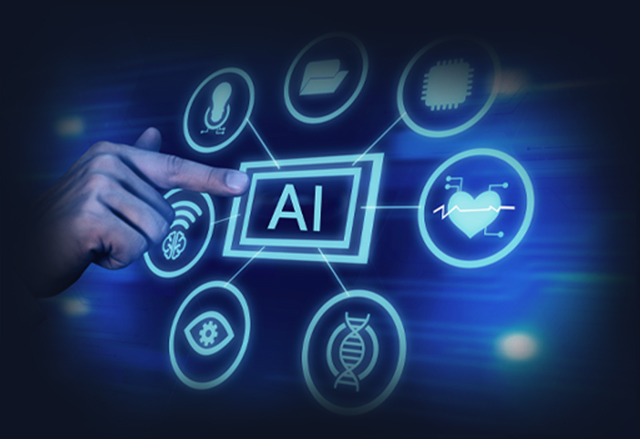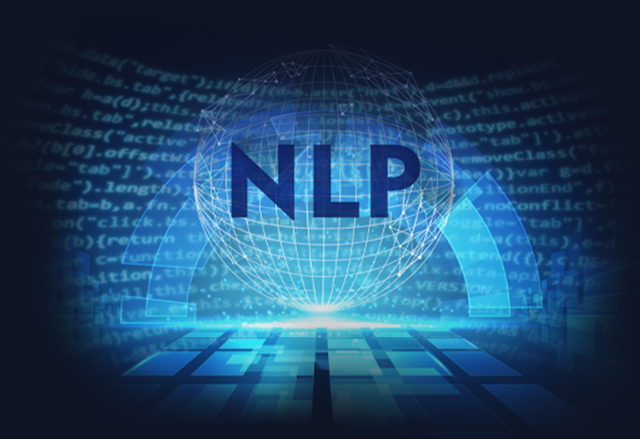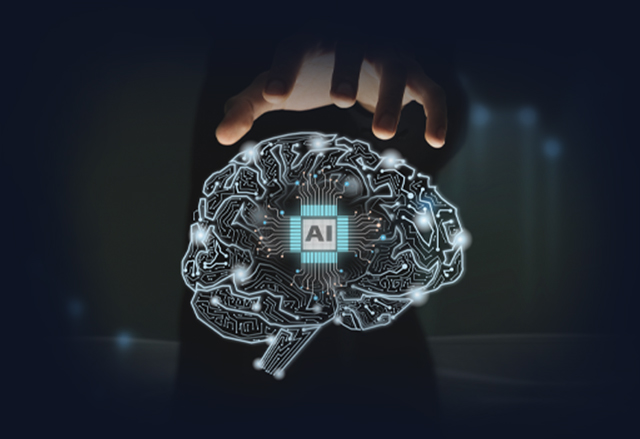Conversational Arabic Chatbots: The Journey, Hurdles, and Destination

Dive into the cutting-edge world of conversational Arabic chatbots, a dynamic force revolutionizing customer interaction across industries. These powerful AI-driven tools, fluent in various Arabic dialects, are reshaping customer service, offering personalized and contextually relevant responses. They're not just limited to recognizing formal language; they can interpret regional slang, providing an authentic, human-like experience.
By leveraging advanced technologies like Entity Recognition AI, these chatbots offer real-time, data-driven insights that empower businesses to make informed decisions. Whether it's fintech, healthcare, government, or eCommerce, Arabic chatbots are transforming the landscape, turning customer conversations into tangible business growth. This is not just about enhancing customer service; it's about catalyzing exponential growth in today's digital age.
Welcome to the future of customer interaction - powered by conversational Arabic chatbots.
Revolutionizing Arabic Chatbots with AI Technologies
In the realm of conversational Arabic chatbots, an array of groundbreaking AI technologies and technical features have made a significant impact. These advancements have not only transformed the customer interaction landscape but have also enabled businesses to gain invaluable insights from these interactions.
- Language Identification and Dialect Recognition: Leveraging the power of entity recognition, chatbots can now comprehend various Arabic dialects, including Egyptian and Gulf Arabic. It even understands regional slang, thus providing a more localised and authentic user experience.
- Real-time Business Insights for Enhanced Performance: Chatbots now have the capability to extract key insights from ongoing customer conversations in real time. They can capture the "Who", "Why", "What", "Where", and "When" in every conversation.
This data is then transformed into actionable business intelligence, leading to informed decision-making and improved business performance.
- Personalization Features: Leveraging demographic information gathered during conversations, chatbots can tailor their responses to each individual customer. This high level of personalization fosters a sense of trust and satisfaction among customers, improving retention rates and driving new business acquisitions.
- Handling Interruptions and Conflict Resolution: Advanced chatbots can handle interruptions and resolve conflicts within conversations, ensuring a smooth, human-like interaction and enhancing the overall customer experience.
- Integration across Various Channels: The digital ubiquity of chatbots is largely due to their ability to integrate across various platforms, including social media, voice assistants, websites, and eCommerce stores. This widespread presence allows them to engage with customers wherever they are, facilitating seamless customer service.
- The Ability to Differentiate Between Different Entities in One Query: This feature enables chatbots to extract specific product/service names from client questions and provide relevant information.
This creates a more direct and efficient customer service experience.
These pivotal AI technologies and features have collectively paved the way for the success of conversational Arabic chatbots. As these technologies continue to evolve, we can expect further innovation and efficiency in customer service and beyond, ushering in a new era of customer interaction.
Evolution of Conversational Arabic Chatbots
The journey to building conversational Arabic chatbots wasn’t without its pumps and hurdles, largely due to the unique characteristics of the Arabic language and the cultural nuances of Arabic-speaking markets.
However, the tireless efforts and innovative solutions developed by industry experts have led to impressive strides in overcoming these hurdles.
Let’s find out how!
- Sophisticated AI Algorithms to Overcome Language Complexity: Arabic is a morphologically rich and complex language with a wide array of dialects. This complexity makes Natural Language Processing (NLP) significantly more challenging than it is for languages with simpler structures like English. However, advancements in Machine Learning algorithms and Entity Recognition AI have made it possible for chatbots to understand and respond accurately to different Arabic dialects, including regional slang, which was once considered an insurmountable hurdle.
- Making Custom Datasets and Models for Arabic Language to Overcome Limited Resources: The scarcity of Arabic language resources, such as large datasets and pre-trained models, has historically hindered AI development.
However, pioneering AI researchers and developers have begun to create their own datasets and models tailored specifically for the Arabic language. These resources are paving the way for more sophisticated and accurate Arabic chatbots.
- Adding Demographic Information to the Data that Chatbots Use to Generate Responses, to ensure cultural sensitivity: The unique cultural nuances present in Arabic-speaking markets require careful customization of chatbots. To address this, developers are now integrating demographic information into chatbot responses, allowing for a high level of personalization that respects and reflects local customs and expectations.
- Adding Security Measures to Protect User Privacy: The distinct regulations and data privacy laws across different regions in the Arab world can impact AI adoption. To navigate this complex landscape, developers are ensuring their chatbots meet regional compliance standards,
integrating features like data encryption and user consent prompts to uphold user privacy rights.
Thanks to all that hard work and innovation, the demand for AI Arabic chatbots is growing.
As we continue to advance, the potential for conversational Arabic chatbots is boundless,
promising a future where technology and language blend even more seamlessly.
Innovations Behind Modern Arabic Chatbots
The evolution of Arabic chatbots has been nothing short of extraordinary. From rudimentary rule-based bots to today's AI-powered,
language-agnostic conversational agents, the journey has been marked by relentless innovation and technological advancements.
Here are some of the key innovative efforts that have made modern Arabic chatbots possible.
- Advancements in Natural Language Processing (NLP): NLP has evolved significantly over the years.
Today's advanced NLP algorithms can understand and process various Arabic dialects and slang,
making interactions more natural and personalized.
- Deep Learning Techniques: The application of deep learning techniques has greatly enhanced the capabilities of Arabic chatbots. Deep learning models can understand context, handle interruptions, and resolve conflicts in conversations, leading to smoother and more effective interactions.
- Language Agnostic Platforms: The development of language-agnostic platforms has allowed chatbots to process any spoken dialect. This has broadened their reach and made them more versatile.
- Security and Compliance: Ensuring the privacy and security of customer data has always been paramount. Advancements in this area have resulted in chatbot platforms that adhere to stringent data privacy laws and regulations, fostering trust with customers.
In essence, the innovative efforts that have gone into creating modern Arabic chatbots are truly remarkable.
Applications and Use Cases of Arabic Chatbots
The use cases and applications of conversational Arabic chatbots are vast and varied, spanning multiple industries.
These AI-powered tools have revolutionized how businesses interact with their customers, offering personalized service and real-time engagement.
Here are some key areas where Arabic chatbots are making a significant impact.
- Fintech: In the fast-paced world of financial technology, Arabic chatbots are proving invaluable.
They can handle a multitude of tasks, from answering customer queries about transactions to providing real-time updates on market trends.
Their ability to understand and respond accurately to various Arabic dialects and slang enhances customer satisfaction, leading to improved customer retention.
- Telecom: Telecom companies are leveraging the power of conversational Arabic chatbots to streamline their customer service.
The chatbots handle customer queries, complaints, and requests, reducing the workload on human agents and ensuring customers receive instant responses.
- Government Services: Government bodies are integrating Arabic chatbots into their digital platforms to improve public service delivery.
These chatbots can provide citizens with information on government services, process requests,
and even help in filling out forms, making public services more accessible and efficient.
- Healthcare: In healthcare, Arabic chatbots are used for scheduling appointments, providing health advice, and even reminding patients to take their medication.
Their ability to understand various Arabic dialects ensures they can cater to a diverse patient population.
- E-Commerce: Arabic chatbots in eCommerce can assist customers in finding products, answering product-related queries, and processing orders.
They can also provide personalized product recommendations based on the customer's browsing history and preferences, enhancing the shopping experience.
- Customer Insights and Business Growth: Arabic chatbots are not just customer service tools; they are also powerful business intelligence tools. They can analyze customer conversations to extract valuable insights, helping businesses understand customer needs, preferences, and trends. These insights can be leveraged to drive business growth and improve customer service.
- Personalized Marketing: With the ability to collect demographic information during conversations, Arabic chatbots can deliver targeted messages to customers. This level of personalization increases customer engagement and can significantly boost marketing efforts.
In conclusion, the applications and use cases of conversational Arabic chatbots vary and continue to grow as AI technology advances.
Future and Prospects of Arabic Chatbots
As we look towards the future of conversational Arabic chatbots, it's clear that the industry is on the precipice of exciting and transformative advancements. Driven by ever-evolving AI technologies, the expectations are high for the next generation of Arabic chatbots.
Here's what we can anticipate:
- Unraveling Dialects: One of the biggest challenges in the Arabic language is its numerous dialects.
Future chatbots will likely possess advanced capabilities to understand and respond effectively to even more Arabic dialects than it does right now.
This linguistic versatility will further enrich customer interactions, making them more personalized and engaging.
- Contextual Intelligence: As deep learning techniques become more and more sophisticated, chatbots are expected to develop an even better understanding of context. They will be able to better interpret complex conversations, handle interruptions, and resolve conflicts seamlessly.
This will make them more effective communication tools capable of delivering natural and intuitive interactions.
- Advanced Recognition: Future chatbots will likely feature more refined entity recognition capabilities.
They will be able to extract specific information from customer queries with greater accuracy, leading to more relevant and personalized responses.
This will enhance the user experience significantly, promoting more customer satisfaction and loyalty.
- Industry-Specific Optimization: We can expect to see a rise in industry-specific chatbots tailored to sectors like healthcare, retail,
hospitality, and more. These bots will be optimized to understand and respond to industry-specific queries, enhancing their efficiency and effectiveness.
- Enhanced Personalization: Leveraging demographic data collected during conversations, future chatbots will deliver even more personalized messaging. This targeted approach will lead to higher customer engagement and satisfaction, fostering long-term relationships.
- Continuous Innovation: The future of Arabic chatbot development and deployment will be marked by continuous innovation.
As technology continues to evolve, we can expect the emergence of more sophisticated, intuitive,
and versatile chatbots that cater to the evolving needs of businesses and customers alike.
In conclusion, the future of Arabic chatbots is set to usher in an era of enhanced customer experiences and business growth.
With these innovative efforts, the future indeed looks promising for Arabic conversational AI.
Frequently Asked Questions (FAQs)
What is Conversational AI Chatbot?
A conversational chatbot is your ultimate digital ally, powered by cutting-edge AI technology. It engages in dynamic and personalized interactions with users, understanding and responding to a myriad of languages, dialects, and contexts. This game-changing tool is revolutionizing customer service across industries, driving satisfaction rates sky-high, and propelling business growth like never before.
What is The Difference between a Chatbot and a Conversational Bot?
A chatbot is a basic AI tool that responds to specific prompts with pre-set replies, making it ideal for straightforward tasks. On the other hand, a conversational bot takes customer interaction to the next level! Powered by advanced AI and machine learning, it understands and responds to complex queries in real-time, offering personalized responses and engaging in dynamic conversations just like a human.












